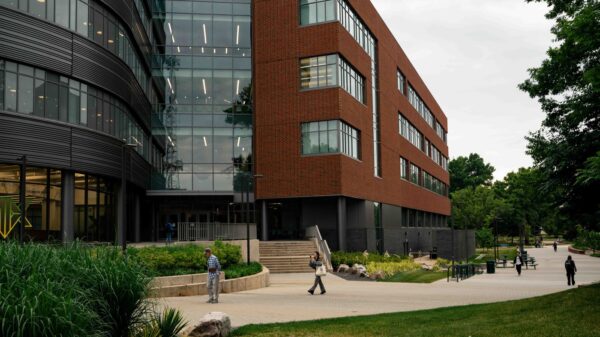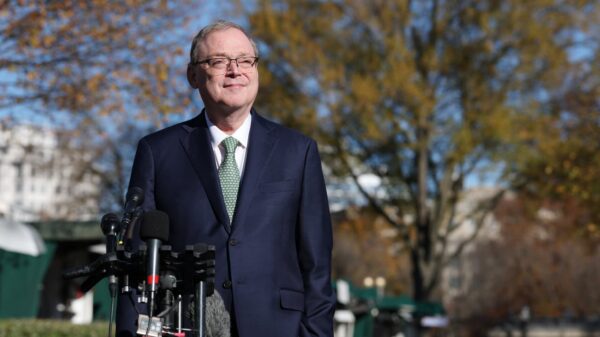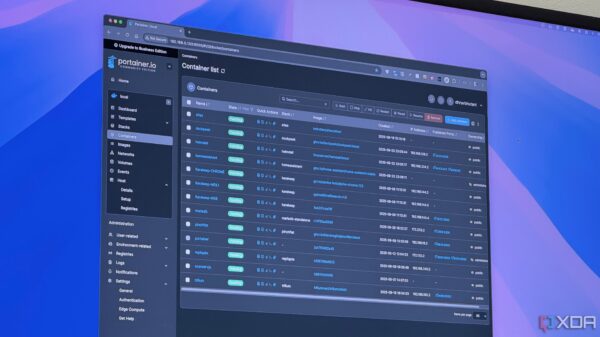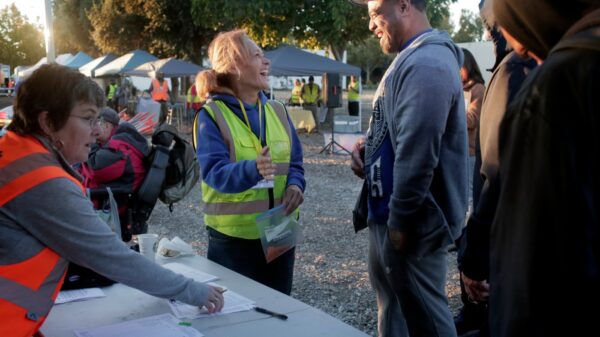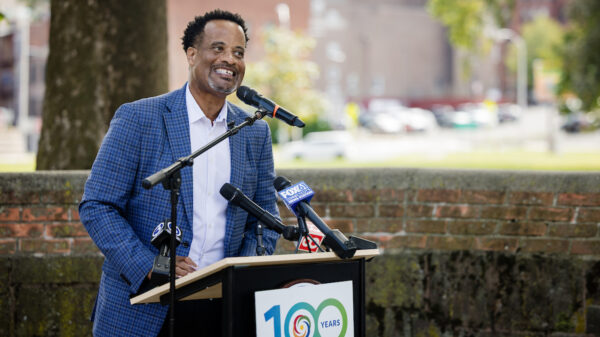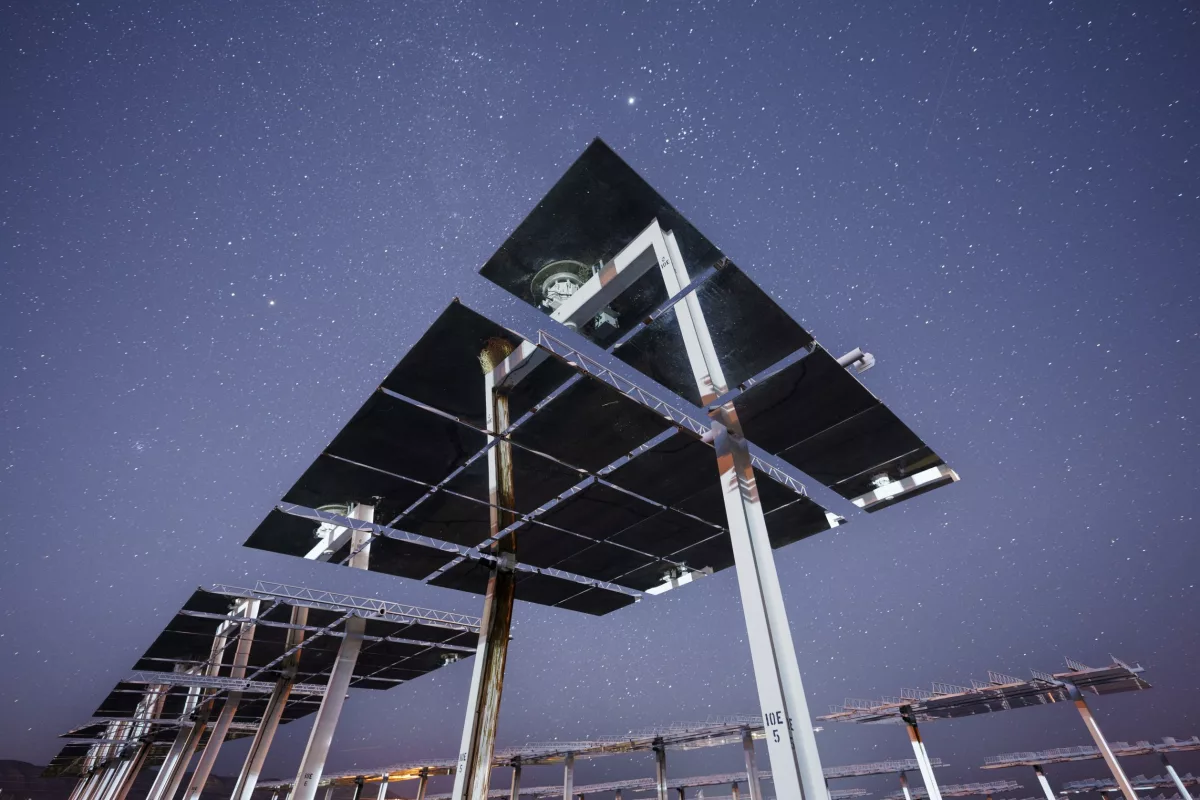A solar power facility in Albuquerque is being repurposed to search for asteroids during the night. John Sandusky, a scientist at Sandia National Laboratories, is experimenting with heliostat mirrors at the National Solar Thermal Test Facility to utilize their capabilities beyond solar energy generation. Traditionally, solar power systems cease to function at night, but Sandusky’s innovative approach aims to change that.
The National Solar Thermal Test Facility features a 200-foot-high concrete tower and 218 heliostats that track the sun and concentrate its rays to generate a power output of 6 MWt. Once the sun sets, this output drops to zero. However, Sandusky’s project explores whether these heliostats can be adapted to identify asteroids in the night sky.
By programming one of the heliostats to track celestial objects like a telescope, Sandusky successfully projected reflected energy onto optical instruments on the tower. Although the energy produced was minimal—just a femtowatt—the technique developed conditions suitable for asteroid detection. Unlike traditional telescopes that capture time-lapse images, Sandusky’s method records the photocurrent power spectrum of incoming light, allowing for the identification of asteroids as they pass through the field of view.
Asteroids, known for both their potential as sources of valuable materials and their risks to Earth, are typically detected using dedicated telescopes. The challenge lies in the vast expanse of the sky and the limited number of available telescopes. Thus, the astronomy community is keen on new technologies to aid in detection efforts. Sandusky’s method may not produce the classic streak images associated with asteroids, but it provides a promising alternative by identifying frequency shifts in starlight that indicate an object’s movement.
This innovative approach could serve as a cost-effective supplement to NASA’s Asteroid Terrestrial-impact Last Alert System (ATLAS), which is tasked with monitoring potentially hazardous asteroids. Sandusky indicates that the technology could also have military applications, particularly in detecting covert spacecraft in cislunar space. He emphasizes the potential to scale up the project, stating, “We’re looking for opportunities to scale up from one heliostat to many and try to demonstrate that we can help find near-Earth objects.”
The research findings were presented at a conference hosted by the International Society for Optics and Photonics, further highlighting the significance of this work. Sandusky’s initiative not only seeks to utilize solar power technology during nighttime but also aims to enhance asteroid detection capabilities, potentially changing how astronomers and defense agencies monitor the cosmos.
As the exploration of this technique continues, the possibilities for both scientific advancement and practical application in space monitoring grow, positioning solar power facilities in a new light.











